crystal jelly, kohakutou
Kohakutou: The Beautiful Crystal Jelly
James Lau
Posted on December 05, 2024
Share:
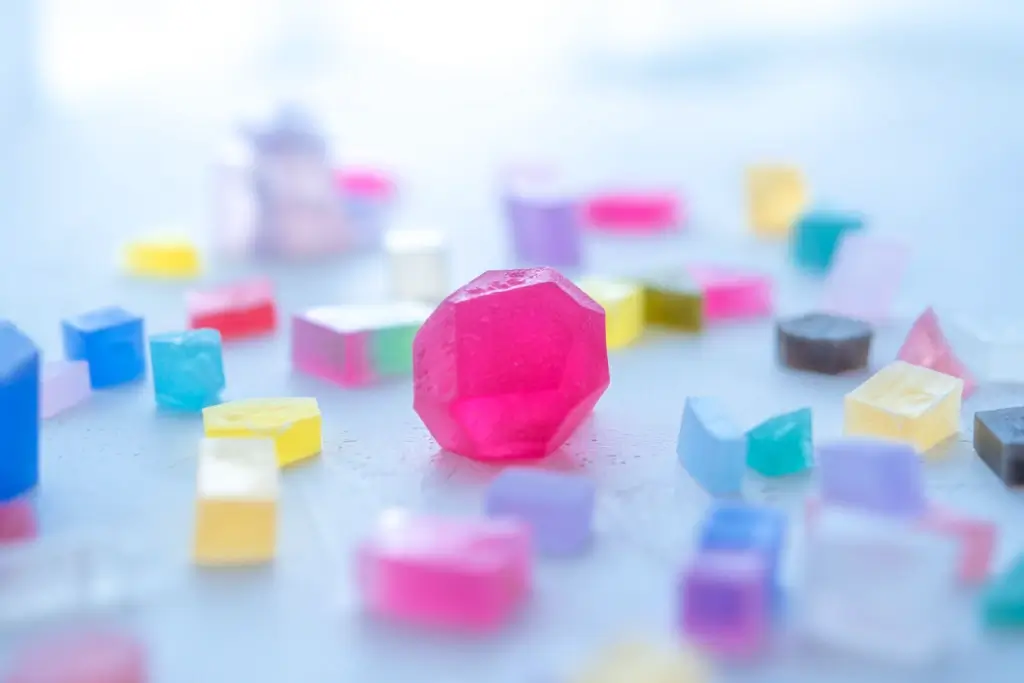
Kohakutou has taken the culinary world by storm. Made from agar and sugar, this sweet is known for its jewel-like appearance. Its unique combination of a crunchy outer layer and soft interior makes it a delightful treat! These sweets are as much a piece of art as a dessert, making them popular for gifting and celebrations.
What is kohakutou?
Kohakutou, meaning “amber sugar” in Japanese, is a traditional wagashi, or Japanese sweet, that dates back centuries. This dessert is famous for its vibrant colors and crystal-like form. Unlike conventional jellies, these candies are made using agar, making them vegetarian-friendly. The outer layer hardens over time, giving it a crunchy texture, while the inside remains chewy and flavorful.
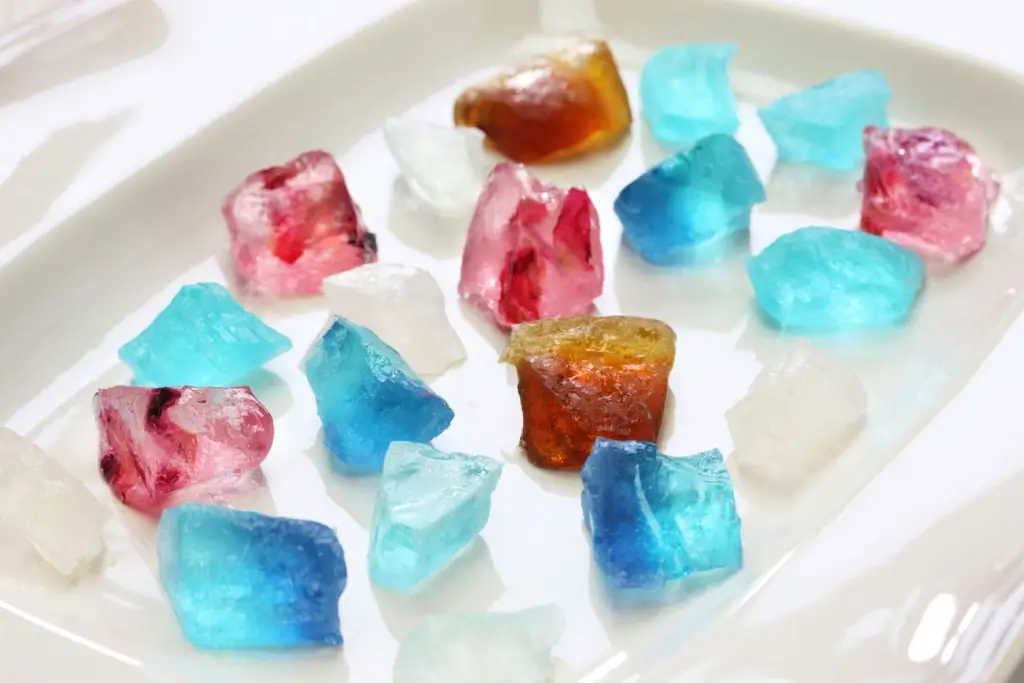
The process of making these sweets is a detailed art that shows the best of Japanese culinary craftsmanship. Each piece is often shaped into irregular forms, mimicking natural crystals or gemstones. Natural food colorings add to the aesthetic appeal while maintaining a subtle sweetness. Some variations are infused with fruit flavors, teas, or floral essences, adding depth to the taste.
How do I make kohakutou?
Making these crystals at home requires a few simple ingredients and patience. Start by combining agar, sugar, and water in a pot and bringing it to a boil. Once dissolved, add your choice of food coloring and flavoring before pouring the mixture into molds or trays. After sitting in the refrigerator for a few hours, the jelly is cut into shapes resembling gemstones. The final step is allowing the pieces to air dry for 1-2 days, forming the crunchy outer layer.
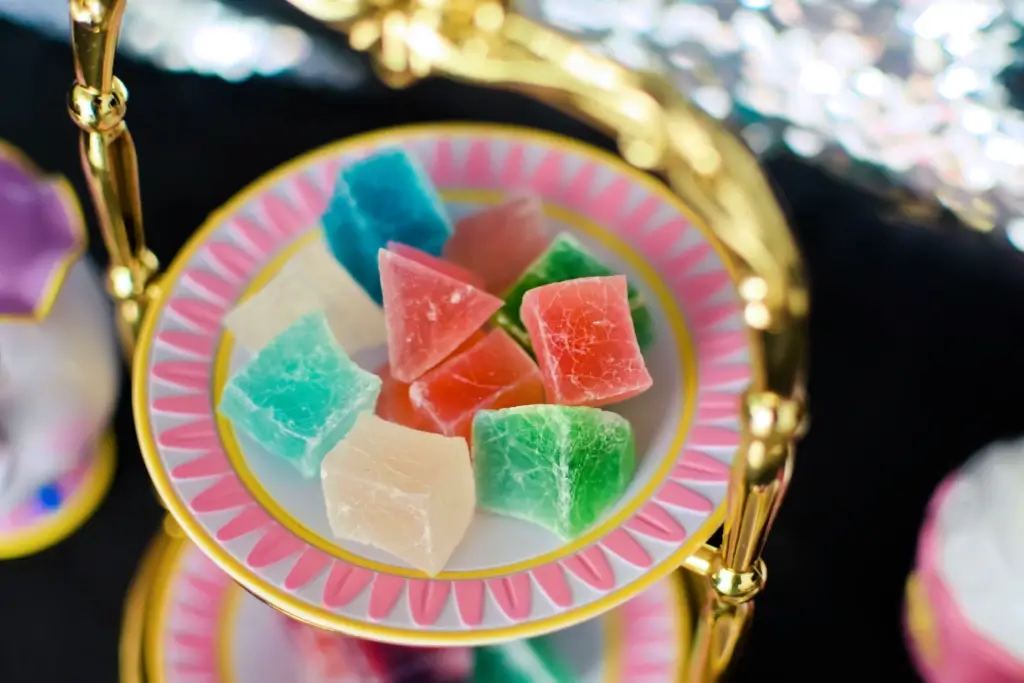
The drying process is crucial for achieving the dessert’s distinct texture. During this time, the moisture from the jelly’s surface evaporates, creating the signature hard crust. This transformation from soft to firm requires a stable environment with good airflow. Home cooks can experiment with various flavors and designs, making each batch unique. While the process may take time, the result is worth the effort!
What makes it different from other wagashi?
Traditional Japanese sweets are often known for their soft textures and delicate flavors. Kohakutou breaks this mold with a hard outer layer and a chewy interior. While other wagashi, like mochi or yokan, are designed to pair with tea, these crystals can be enjoyed as a standalone snack. Unlike other snacks, their appearance is like that of polished crystals.
These desserts have more customization flexibility compared to other wagashi. Their versatility in color and flavor allows for creative expression, making them a favorite among dessert makers. Their uniqueness lies in the way they connect traditional and contemporary Japanese confectionery. This fusion of aesthetics and taste makes these snacks a must-try for anyone exploring Japanese desserts.
What places sell kohakutou?
Harapeco Lab
Harapeco Lab is a creative food collective based in Fukuoka Prefecture. It blends art and cuisine to craft unique culinary experiences. Founded 2013 as a solo catering venture, it has grown into a vibrant company producing visually stunning desserts and original goods. Known for its signature “Koubutsu Okashi,” Harapeco Lab focuses on delivering beauty and taste through innovative products.
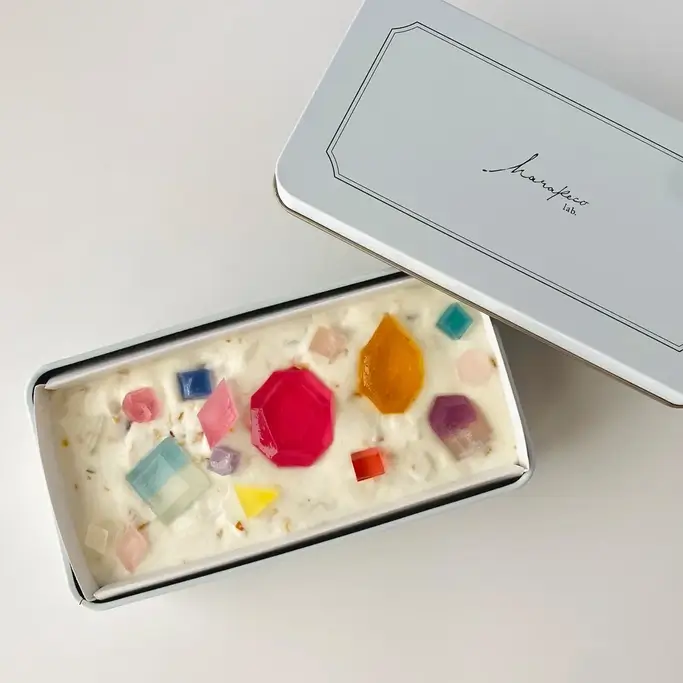
For 2024, Harapeco Lab presents limited-edition Christmas sweets such as the “Winter Koubutsu Okashi” selection box and the “Koubutsu Okashi DIY Kit,” which allows customers to craft their edible gems. There are collaborations to create ornaments paired with sweets, and “Jewelled Cassata Strawberry Snow Crystal”, features rich ricotta cheese, dried cranberries, and layers of cocoa cookie crunch.
Are you looking for great snacks for the winter? Check out Sakuraco! Sakuraco delivers traditional Japanese snacks, teas, and sweets from local Japanese makers directly to your door so you can enjoy the latest treats directly from Japan!
Kohakutou Okada
Kohakutou Okada is a premium wagashi brand that reimagines traditional snacks as “edible jewels.” Drawing inspiration from the brilliance of gemstones, their creations blend artistry with culinary craftsmanship. Using high-quality domestic ingredients like 100% Gifu-sourced agar and beet sugar from Hokkaido, these confections achieve a stunning translucence and refined sweetness.
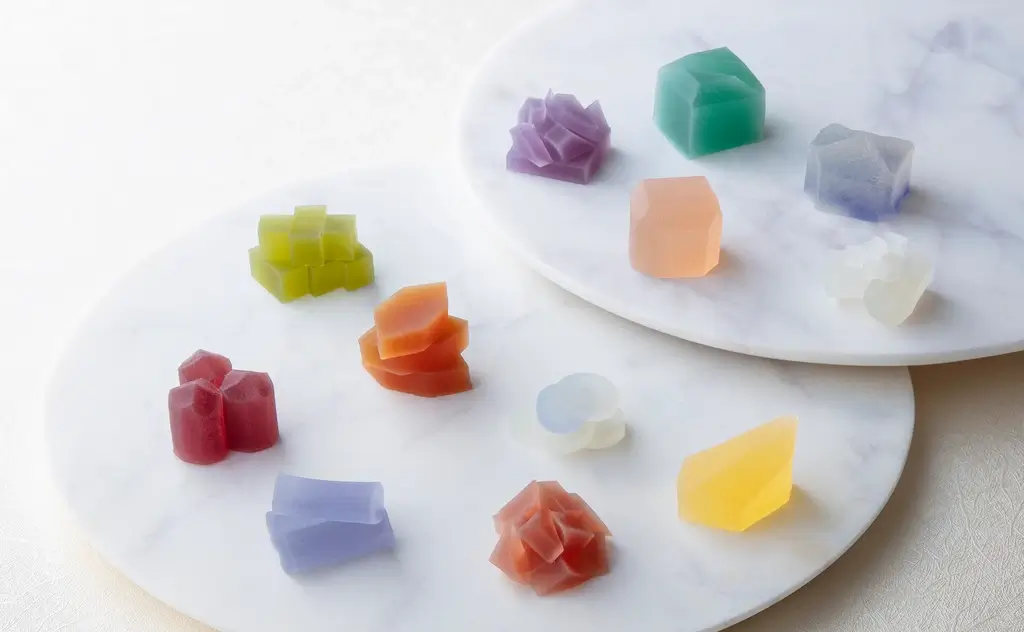
The Bijou Collection boasts 12 different varieties, each inspired by a birthstone and its corresponding flavor, from strawberry garnet for January to mint turquoise for December. Their Fruity Collection, featuring dried fruits like kiwi and mango, adds a refreshing twist to the traditional snacks. Collaborations, such as the spring-themed desserts with wagashi artist Shiho Sakamoto, highlight the brand’s dedication to artistry and seasonal elegance.
Mahou no Kohakutou
Mahou no Kohakutou, a specialty shop in Matsudo, Chiba, has become a social media sensation. Typically operating only twice a week, its products often require pre-orders with a month-long waiting period. To reach more customers, the shop hosted limited-time pop-ups. These events allowed fans to purchase their desserts directly, including an exclusive lineup of seasonal and alcohol-infused flavors alongside their popular gift tins and sets.
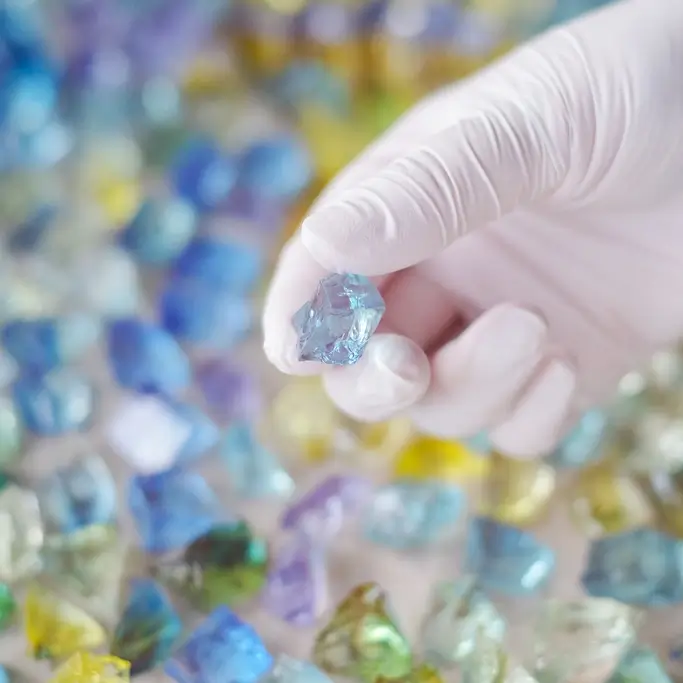
The shop offers a diverse array of edible crystals. Favorites include the Plain, vibrant with jewel-like colors, and the Mint flavor, which adds a cooling aroma. Seasonal flavors like Salted Lemon balance tartness and sweetness, while alcohol-infused options such as Rum, Whiskey, and Amaretto cater to sophisticated palates. There are also gift sets like the Gemstone Tins and Specimen-Inspired Boxes.
Why should I try kohakutou this year?
People are drawn to kohakutou because it combines culinary artistry with a sensory experience. Its jewel-like appearance makes it an Instagram-worthy addition to any occasion, while its unique texture offers a break from the ordinary. Trying these snacks allows you to enjoy a cultural tradition that values beauty and craftsmanship.
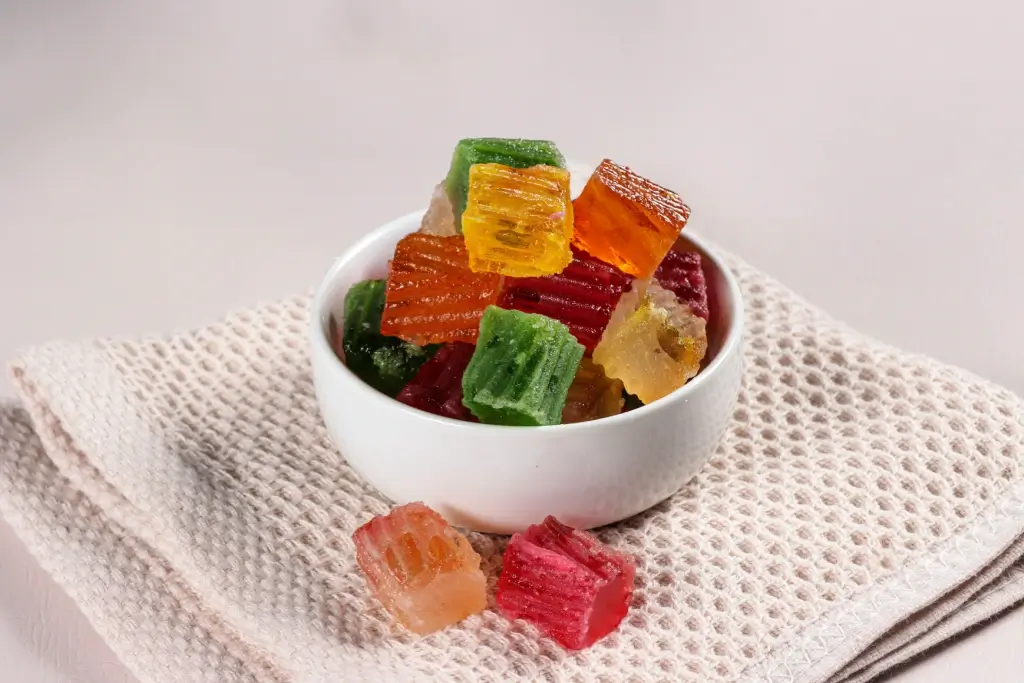
These crystal candies are a standout dessert for celebrations, gifts, or simply enjoying at home. Its variety of colors and flavors allows you to customize it to your preferences, ensuring a personalized experience every time. This year, why not add a touch of elegance to your dessert table with kohakutou? It’s a small but meaningful way to explore this combination of art and food. Have you tried kohakutou before? What’s your favorite way to enjoy it? Share your thoughts in the comments below—we’d love to hear your stories and ideas!

Discover authentic flavors with Sakuraco
Get Sakuraco 

Discover authentic flavors with Sakuraco
Get Sakuraco 
Related Articles
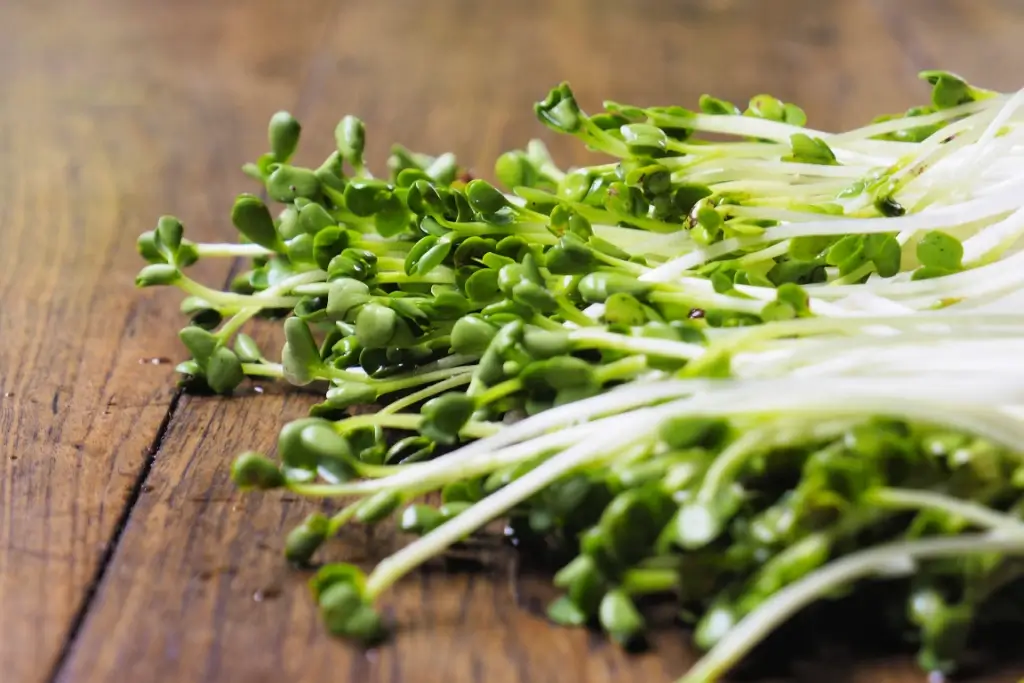
Kaiware and Amazing Japanese Herbs to Try!
Japanese herbs are an essential part of the country’s culinary tradition. One herb that stands out is kaiware, widely used in Japanese cuisine, thanks to its sharp taste and crisp texture that add a fresh and spicy kick to dishes.
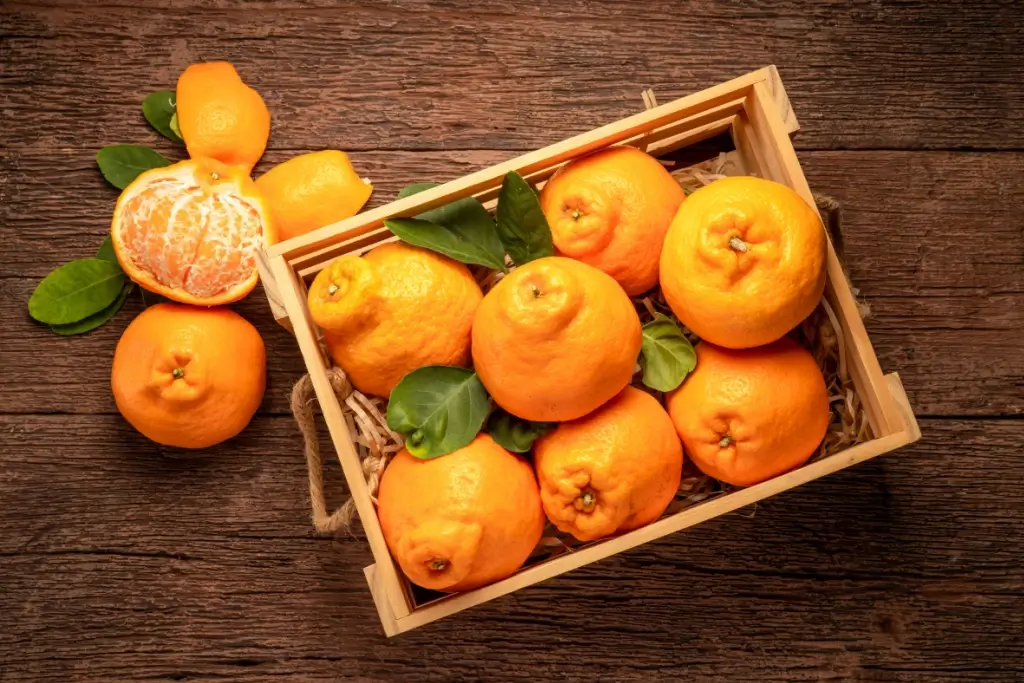
Dekopon and the Rarest Fruits from Japan
Japan is home to some of the world’s most unique and rare fruits. From dekopon to these fruits, they offer unique flavors! Local farmers grow each fruit with care and regional pride.
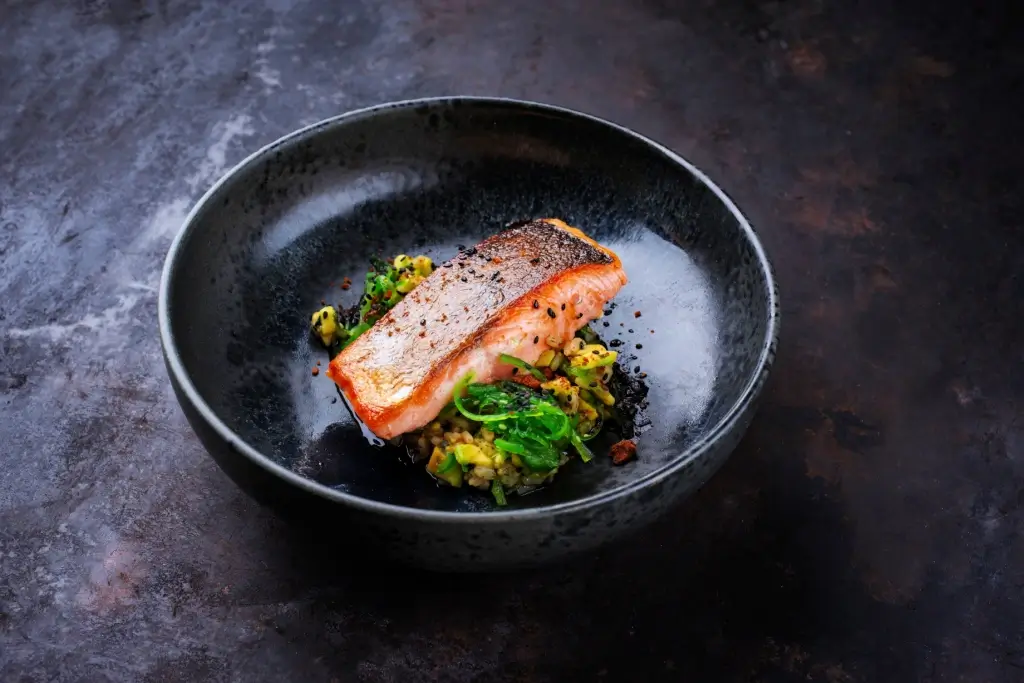
Japanese Fish and Seafood You Should Try This Winter!
As the chilly winds of winter settle in, there’s no better time to explore the rich, comforting flavors of Japanese fish and seafood. With its pristine waters and centuries-old fishing traditions, Japan offers some of the world’s freshest and most unique seafood. Let’s check out a few of them!
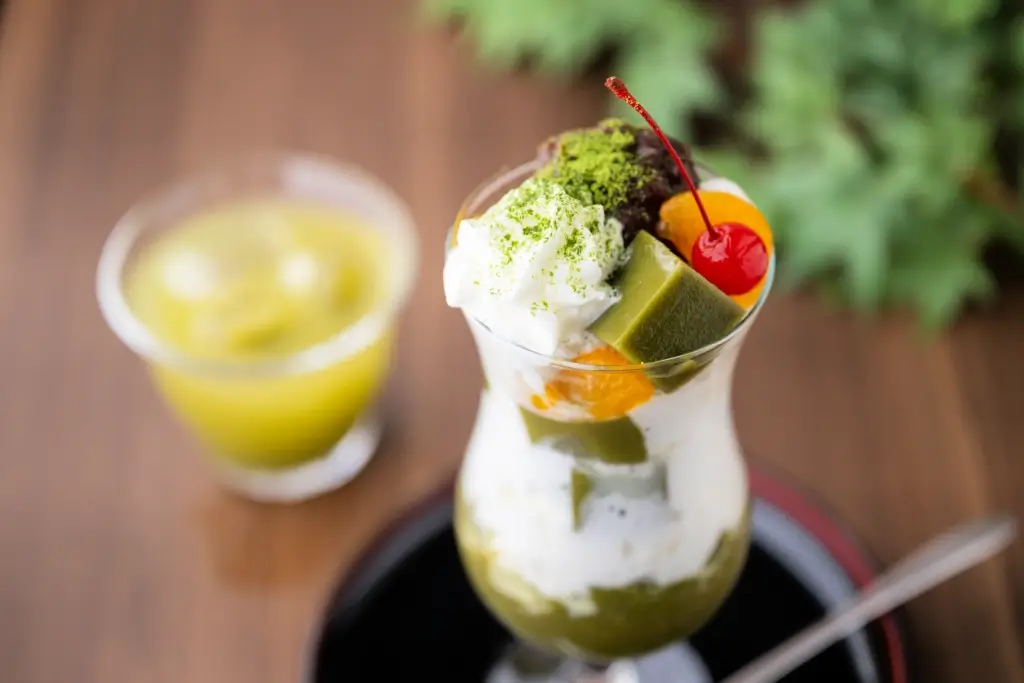
Japanese Parfait is Just One of Many Dessert Classics!
Japanese parfait is just one of many desserts that blend tradition and modern creativity! Be prepared to explore classic desserts in new, creative ways that will leave you wanting more!



